1. Automated Melody Generation
AI-driven melody generation tools use deep learning trained on massive music datasets to create original tunes with minimal input. Modern systems (e.g. transformer-based models) can produce melodies in the style of various genres or artists, jumpstarting a composer’s creative process. These tools allow musicians to input a simple motif, chord progression, or desired mood and receive algorithmically composed melody suggestions. In practice, AI melody generators serve as brainstorming aides – composers often iterate on the AI output, refining the melody to fit their artistic vision. While increasingly capable, AI-generated melodies are typically used in conjunction with human creativity rather than replacing it, and professional adoption of fully AI-composed melodies remains cautious.

A late-2023 survey of over 1,300 professional songwriters found that 71% were not yet using AI for music tasks; even among the 29% who did, usage skewed toward tasks like mixing or mastering rather than core composition. This indicates that AI melody composition, although technologically advanced, is still in early stages of adoption in the industry.
2. Harmonic Progression Suggestions
AI tools can analyze large databases of songs to suggest chord progressions that complement a given melody or style. By learning common harmonic patterns – from classical cadences to jazz modulations – these systems propose chords that fit the user’s input and desired mood. In practical use, a composer might feed a melody into the AI and get several chord sequences as suggestions, potentially sparking ideas beyond their habitual choices. Such AI-generated harmonic recommendations can help break creative blocks by introducing less obvious or more “colorful” chord changes. Importantly, the human musician remains in control: they can select, modify, or reject the AI’s suggestions based on musical judgment. This collaborative use of AI speeds up arranging workflows and exposes musicians to a wider harmonic vocabulary in genres ranging from pop to experimental.
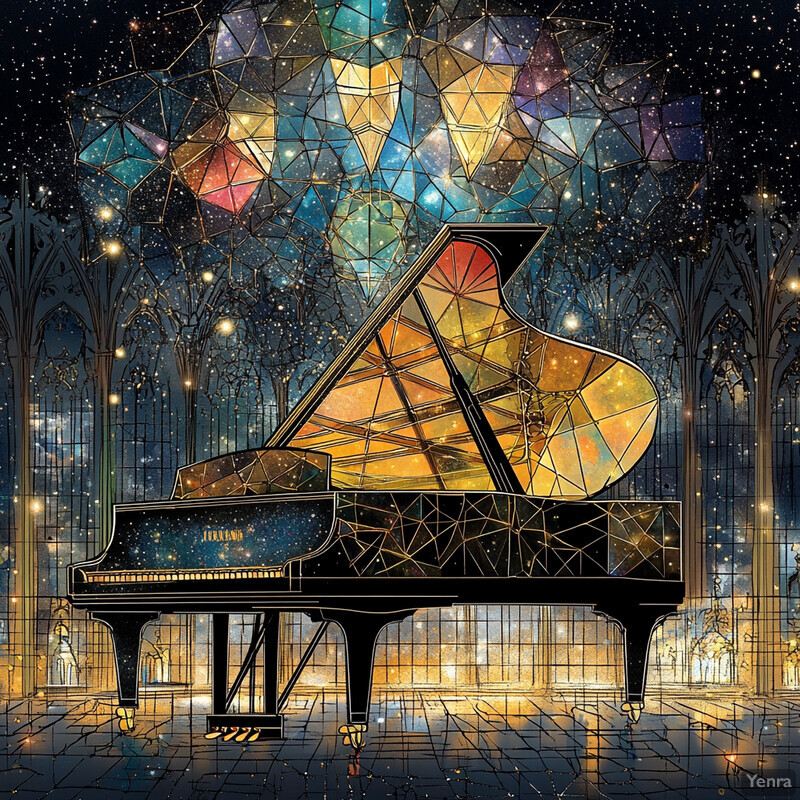
In a 2023 survey of over 1,200 independent musicians, nearly two-thirds (62%) said they would consider using AI tools for music production tasks (such as generating musical ideas like melodies or chord progressions). This high level of interest suggests that many artists see value in AI as a partner for developing song structure and harmony.
3. Style Emulation and Genre Blending
Advanced machine learning models can compose music in the style of specific artists or genres, and even blend styles to create novel hybrids. By ingesting the “musical grammar” of, say, Bach’s chorales or The Beatles’ songwriting, an AI can generate new pieces that mimic those characteristics. This allows composers to explore “What if?” scenarios, like a jazz piece with Baroque counterpoint, by letting the AI fuse elements from different traditions. It expands creative possibilities – musicians can quickly get material in a target style or combination of styles, then refine it manually. Style-emulating AI is also used in entertainment and advertising to produce music that evokes a particular era or artist without direct copying. Ethically, these tools raise questions of originality, but technically they demonstrate that AI can learn and reproduce complex stylistic nuances.
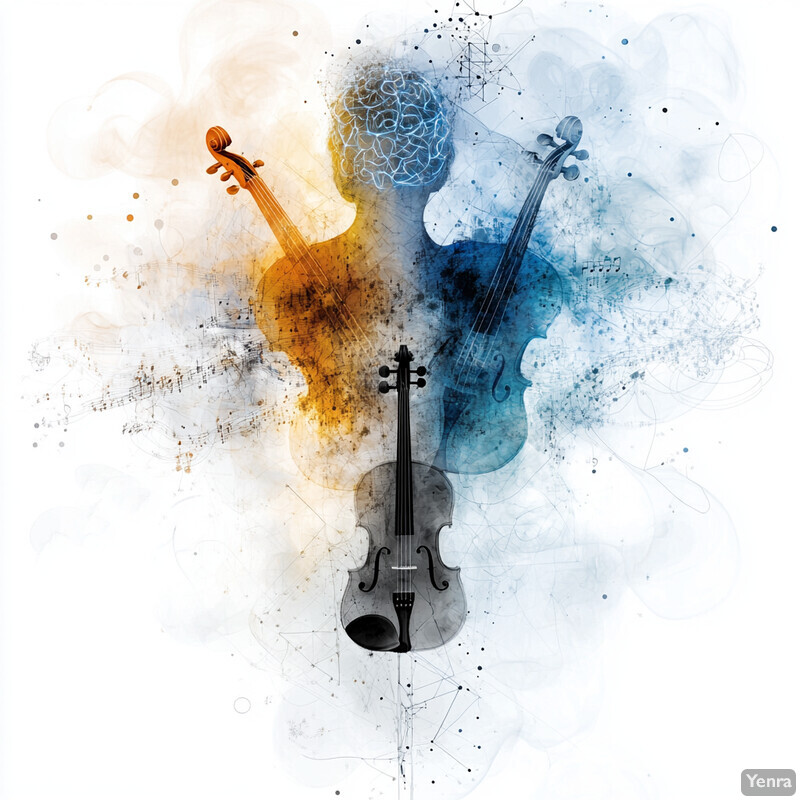
The 2023 AI Song Contest – an international competition for AI-composed songs – attracted 35 participating teams from around the world, many of whom blended genres using AI. The event’s popularity (with dozens of entries) highlights how AI is being actively used to emulate musical styles and cross-pollinate genres in creative songwriting projects.
4. Intelligent Orchestration Tools
AI-assisted orchestration tools help composers expand a piano sketch or lead sheet into a full arrangement for orchestra or band. These systems learn from vast libraries of orchestrations (e.g. classical symphonies and film scores) to suggest how different instruments can be used for a given passage. In practice, a composer might input a melody and harmony, and the AI will recommend instrumentation – perhaps strings doubling a melody, or woodwinds taking a counter-melody – based on learned orchestrational techniques. Such tools speed up the orchestration process and can inspire creative instrument choices that the composer might not have considered. They are especially useful for composers who lack extensive experience with all instruments. As with other AI composition aids, the human artist reviews and edits the AI’s suggestions to ensure the piece achieves the desired emotional and textural effect. Notably, recent AI models have even collaborated on new orchestral works, indicating the technology’s growing sophistication in handling complex timbral combinations.
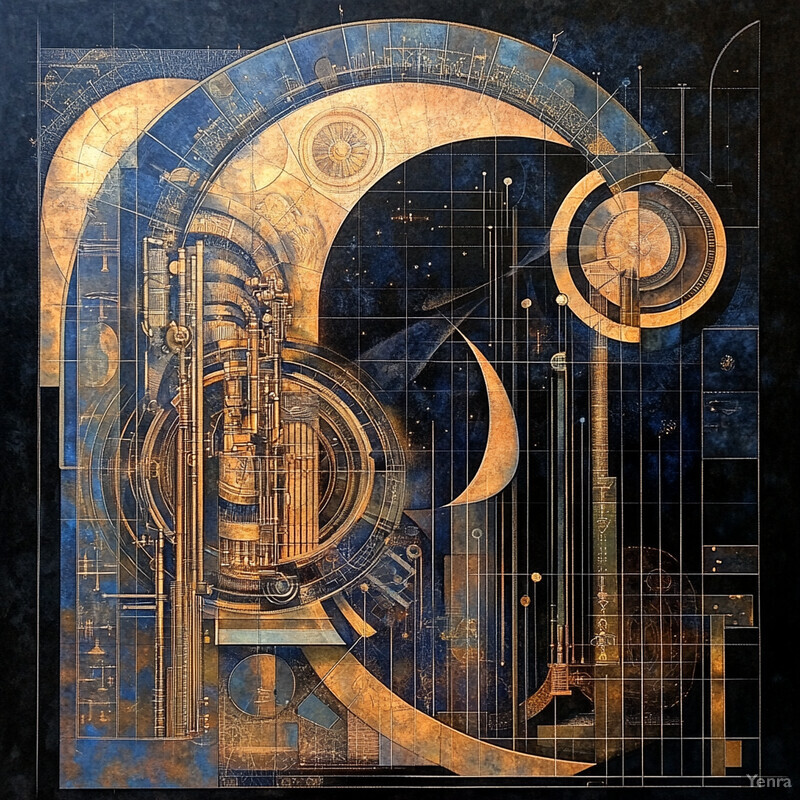
In October 2023, the Munich Symphony Orchestra premiered “The Twin Paradox: A Symphonic Discourse,” a piece co-composed by human musicians and Google’s AI (Gemini). The AI assisted the composers by suggesting musical ideas and instrumentation, demonstrating how intelligent software can contribute to orchestration of a contemporary classical work that is then performed by a live orchestra.
5. Adaptive Arrangement Guidance
AI systems can act as virtual arrangers, taking a basic musical idea and suggesting ways to develop it for different ensembles. For example, starting from a simple piano melody, an AI might propose how to voice it for a string quartet or a jazz band – determining which instruments play the melody, harmony, bass line, etc. These tools work by learning from many existing arrangements, so they recognize effective techniques (like doubling an acoustic guitar riff with violins in a folk-pop arrangement). In practical use, a composer can upload a raw song demo and receive multiple arrangement “blueprints” in return. This accelerates the creative process, helping artists envision their music in various contexts (acoustic, orchestral, electronic) without manually trying each one. It’s particularly valuable for indie musicians or small studios that may not have specialized arrangers for every style. AI arrangement guidance democratizes access to arrangement expertise – though final musical decisions and subtle human touches still come from the composer.
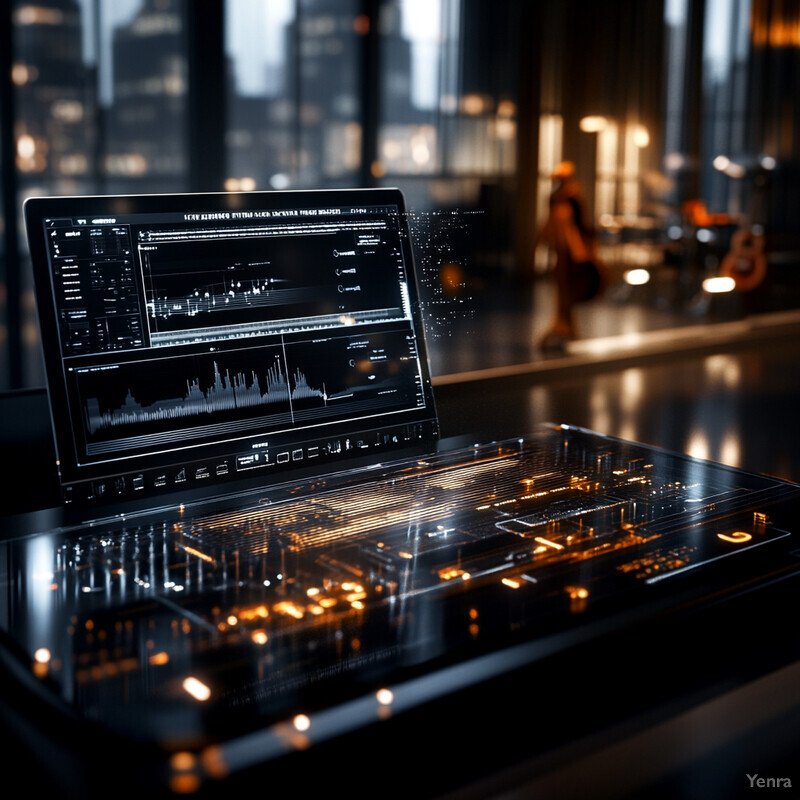
In April 2023, an orchestra in Pennsylvania premiered the first-ever performance of an AI-completed Beethoven piece, where an algorithm had arranged and developed Beethoven’s unfinished sketches into a full symphonic movement. This project – building on musicologist David Cope’s AI system – illustrates how AI can extrapolate from a simple musical fragment (Beethoven’s sketches) and expand it into a complete arrangement for orchestra, a task traditionally done by human arrangers.
6. Dynamic Accompaniment Systems
Dynamic accompaniment AI systems provide real-time musical backing that responds to a live performer’s tempo and expression. Using techniques like audio signal processing and machine learning, these tools “listen” to a soloist (for example, a violinist or vocalist) and adjust the accompanying music on the fly – much like an attentive human accompanist would. They can speed up during a performer’s rubato, follow sudden tempo changes, or emphasize a swell if the soloist is playing passionately. Early versions of this technology were rule-based, but modern AI accompaniments learn from many recorded performances, enabling more nuanced predictions of a soloist’s timing and phrasing. Practical applications include rehearsal software for students (an AI pianist that follows as you practice a concerto) and live performance aids where human accompanists are not available. This innovation expands the possibilities for solo performers, though it remains technically challenging to achieve the same sensitivity and anticipation as a skilled human musician.
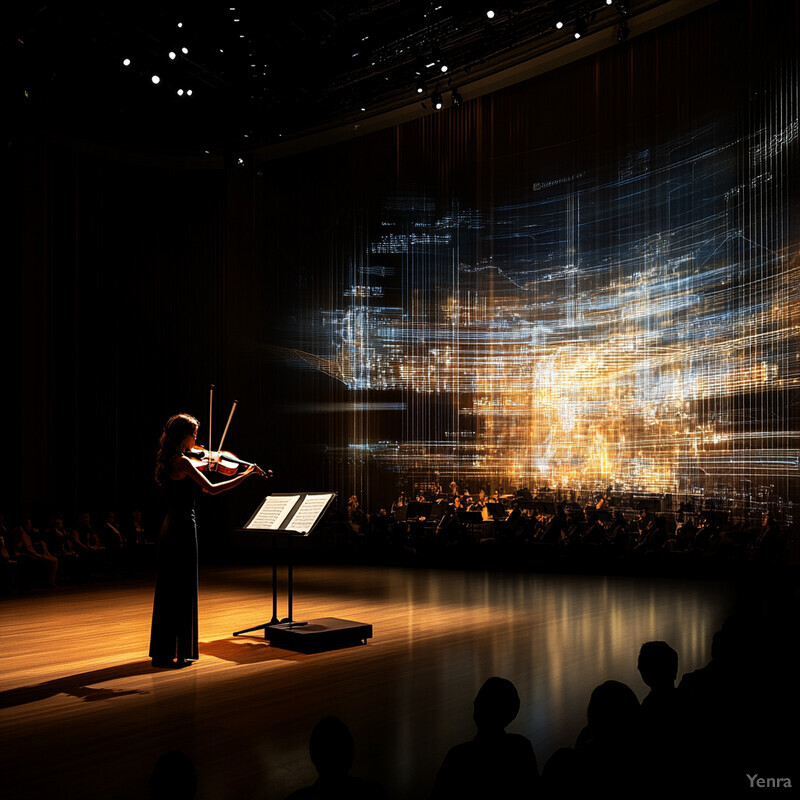
In 2024, researchers at Sony CSL Paris introduced “Diff-A-Riff,” an AI model capable of generating high-quality instrumental accompaniments for existing music tracks. This system, which uses deep learning (latent diffusion models), can add a believable single-instrument accompaniment – like a bass line or drum part – that matches the style and timing of a given piece of music. Its development highlights recent strides in AI-driven accompaniment, aiming to seamlessly enhance and adapt to a lead performance.
7. Emotion-Targeted Composition Assistance
AI composition tools are being designed to help musicians evoke specific emotions by recommending musical changes. These systems analyze correlations between musical features and emotional responses – for instance, finding that minor modes and slower tempos often convey sadness, whereas fast, major-key passages can feel joyful. In use, a composer could input a draft and specify the desired mood (“make it more uplifting”); the AI would then suggest adjustments like increasing the tempo, raising the key, or adding brighter instrumentation. Some AI models can even generate entire pieces aligned with emotional labels (happy, melancholic, tense, etc.). This capability is valuable in film and game scoring, where composers must tightly control the emotional tone. It also offers a learning tool: by seeing what the AI changes to alter mood, composers gain insights into music psychology. However, emotional interpretation in music is subjective, so AI suggestions serve as guidelines rather than absolute rules, and human composers refine the nuance of feeling in the final work.
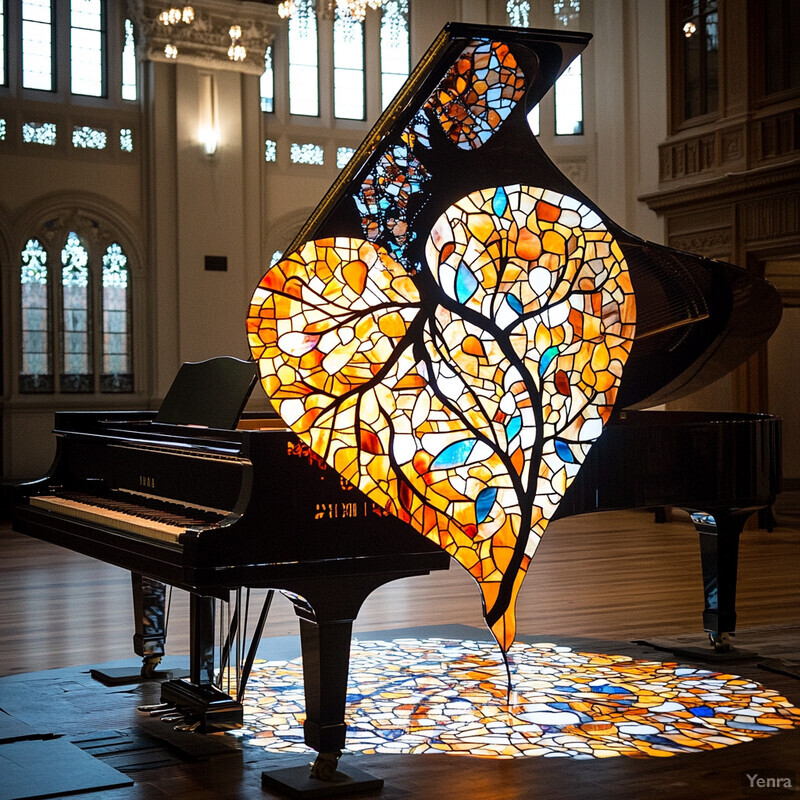
A 2024 study evaluated how well AI-generated music conveys intended emotions, using 90 audio samples created by three different AI models conditioned on emotional prompts. In blind listening tests with human subjects, Google’s MusicLM model correctly communicated the target emotion ~60% of the time – notably outperforming a baseline model (Meta’s MusicGen, ~44% accuracy) in translating prompts like “energetic” or “peaceful” into music. These results show that state-of-the-art AI can deliberately shape the emotional character of music to a significant extent, though there is room to improve nuance and consistency.
8. Motivic and Thematic Development
AI tools can assist composers in developing musical motives and themes by analyzing a piece for recurring patterns and suggesting variations. These systems use pattern-recognition algorithms to identify a motif (a short musical idea) in a draft composition, even if it appears in transformed ways (e.g. transposed or rhythmically altered). The AI can then propose developmental techniques: it might suggest augmenting the rhythm, inverting the intervals, or sequencing the motif in different keys. This is akin to how a human composer might work through thematic development, but the AI can systematically explore a large space of possibilities. Using such a tool, a composer ensures thematic material is fully exploited – enhancing unity and coherence of the piece. It can also uncover subtle connections between disparate sections of the music by spotting if a motif from the opening movement reappears later. Overall, AI support in motivic development acts like a knowledgeable assistant music theorist, offering variations and pointing out latent thematic relationships, which the composer can then refine or incorporate as desired.

An extensive industry survey in late 2023 found that 63% of music creators expect AI to become commonly adopted in the composition process (for tasks like idea generation and developing musical themes). This majority perspective from over 14,000 surveyed members of GEMA and SACEM suggests that composers increasingly foresee AI playing a positive role in developing motives, themes, and song ideas in the near future.
9. In-Depth Structural Analysis and Feedback
AI-powered analysis tools can examine a musical composition’s structure and provide feedback on its form and cohesiveness. These systems might map out sections of a piece (verse, chorus, bridge, etc., or exposition-development-recapitulation in classical forms) and evaluate transitions, repetitions, and variations. For example, an AI could detect that two sections are overly similar or that a theme isn’t reprised, and suggest structural revisions like adding a bridge or altering the order of sections. Essentially, the AI acts as a virtual music theorist, identifying structural strengths and weaknesses. This kind of feedback is especially useful for developing composers: it’s like having an impartial editor highlight issues in pacing (perhaps the climax comes too early) or symmetry (maybe an introduction motif never returns, leaving the piece feeling unresolved). While human judgment ultimately decides the “right” structure for artistic intent, AI feedback provides an evidence-based second opinion. By iteratively consulting such tools, composers can refine the architecture of their works to enhance clarity and impact.
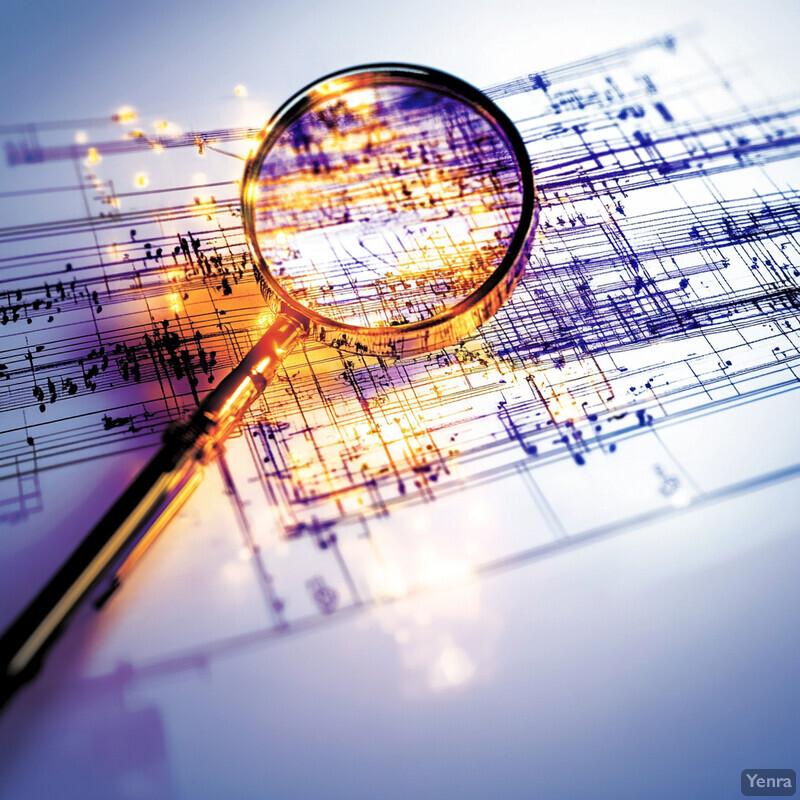
While many musicians see promise in AI feedback, there is also caution – in a 2023 survey of songwriters, 74% expressed concern about AI-generated music competing with human-made music. This underscores that composers value AI as a supportive tool (for analysis or suggestions) but remain wary of AI overstepping into full creative control. In other words, structural advice from AI is welcome, but there is consensus that the artistic vision and final decisions should stay human-led to preserve originality.
10. Automated Mixing and Mastering Assistance
Modern composition software increasingly includes AI-driven mixing and mastering features to automatically balance levels and polish the sound. While composing, creators can enable these tools to hear an approximation of a “finished” mix – the AI will adjust volume faders, EQ, compression, and reverb on the fly. This is not strictly composition, but it greatly influences how a piece is perceived during writing. By hearing a near-professional-quality mix, composers can make more informed decisions about instrumentation and arrangement. AI mixing/mastering assistants learn from vast amounts of audio data what settings yield a clear, well-balanced track (for example, ensuring vocals aren’t drowned out by accompaniment, or that the bass is tight). They also adapt to genre-specific sound profiles – e.g. a hip-hop track’s mix vs. a classical ensemble’s mix. In practice, this means a songwriter in a home studio can get instant feedback on how their song might sound after professional mastering. It streamlines the creative workflow and lowers the barrier to high-quality production, though final tweaking by human engineers is still common for commercial releases.
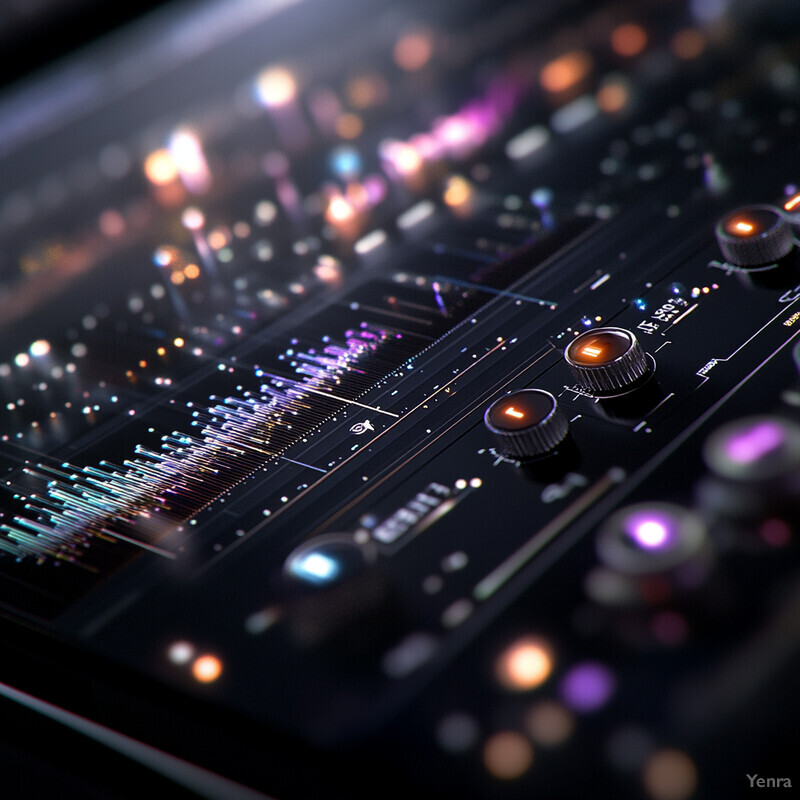
According to a mid-2023 survey of 1,533 music producers, AI mixing and mastering tools were the most widely used AI tech in music production – 28.7% of producers were already using them. This was a higher adoption rate than AI in composition or sound design, indicating that automating technical audio tasks like mix balance and mastering is one of the first areas where producers have embraced AI assistance.
11. Genre-Specific Arrangement Templates
AI systems trained on particular musical genres can provide template arrangements as starting points for creators. For instance, if you’re writing a salsa song, an AI could supply a basic percussion pattern, bass groove, and piano montuno typical of salsa. These genre-specific templates are distilled from many examples in the style, encapsulating the standard instrumentation and rhythmic feel. By using a template, composers can quickly get the “sound” of a genre and then customize it with original melodies or variations. This is helpful for composers venturing into unfamiliar genres or for media composers who need to produce stylistically authentic music on short deadlines. Templates might include things like a default drum kit pattern for rock, a synth bass line for synthwave, or string voicings for a Baroque pastiche. While these AI-generated arrangements are generic by design, they ensure that key genre idioms are present. The artist can then build upon or deviate from the template creatively. Ultimately, genre-specific AI templates serve as convenient scaffolding, letting musicians concentrate on the unique elements of their song while relying on the AI for stylistic backbone.
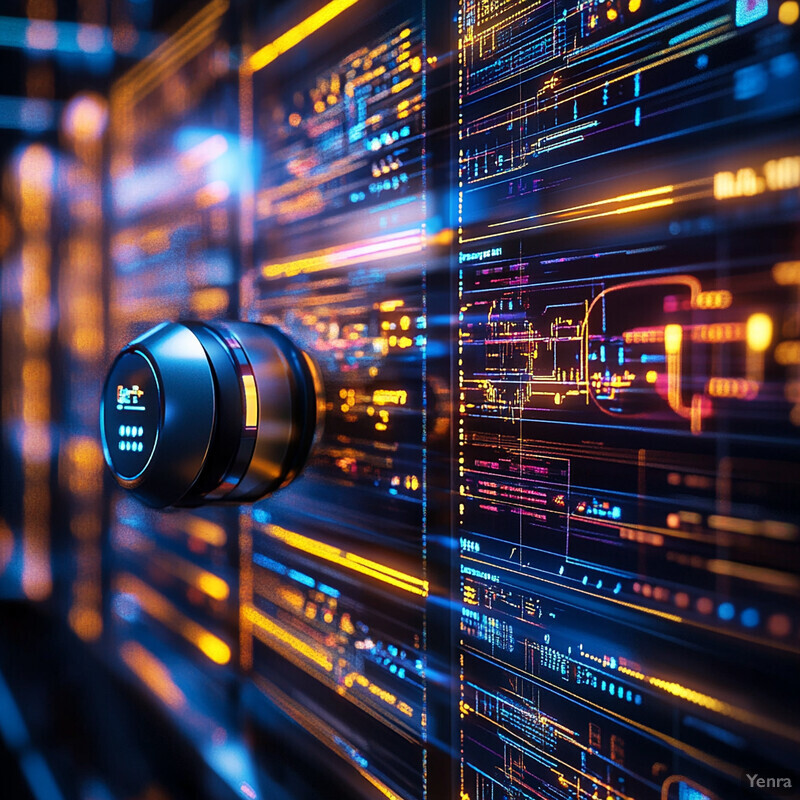
The AI music platform AIVA, as of 2023, offers the ability to generate songs in over 250 different styles out-of-the-box. These include genre presets ranging from classical and jazz to EDM subgenres – illustrating the breadth of genre-specific arrangement templates now accessible. AIVA’s vast style library means a composer can, in seconds, get a genre-appropriate arrangement framework (e.g. a classical string quartet or a lo-fi hip-hop beat) produced by the AI as a starting point.
12. Adaptive Loop Generation for Electronic Music
In electronic music production, DJs and producers often work with loops – repeating musical phrases. AI-powered loop generators can create endless variations of a beat or riff that evolve over time, reacting to user input or live performance parameters. For example, an AI might continuously transform a drum loop so it never exactly repeats, keeping a dance track feeling fresh over a long DJ set. These tools use techniques like generative adversarial networks to synthesize new loop content that blends coherently with existing material. Producers can also specify targets (e.g. “make the next 8 bars more intense”) and the AI will adapt the loop’s complexity or filtering accordingly. This dynamic loop generation is especially useful in live electronic improvisation, where a performer can delegate background pattern evolution to the AI while focusing on lead parts. It also speeds up the creation of sample packs and background textures in music production. Essentially, adaptive loop AIs provide ever-changing musical building blocks, which inject variation and complexity without the producer manually programming every change. They exemplify AI’s strength in iterative, pattern-based creativity under the guidance of a human artist.

By early 2023, users of one popular AI music service had produced over 14 million AI-generated songs, many of them based on automatically generated loops and beats – an output that amounted to nearly 14% of all recorded music globally by volume. (The startup “Boomy” reported this milestone.) This massive scale of content creation, achieved in just a few years, shows how accessible AI loop generators and song creators have empowered individuals to create and release music en masse. It underscores that AI-driven loop and track generation is not just a theoretical concept but a widely adopted practice in the electronic music community.
13. Improvised Continuation and Call-and-Response
AI models can improvise musical continuations or responses when given a fragment, functioning like a jamming partner. For instance, if a musician plays a four-bar phrase on a guitar, the AI can produce the next four bars as a “response,” perhaps in the style of a call-and-response blues riff or a jazz improvisation. These systems typically analyze the input’s harmony, rhythm, and melody contour, then generate a continuation that is musically coherent and stylistically appropriate. The technology builds on sequence prediction (similar to how language models predict next words, here it predicts next notes). In practical jams, such an AI might trade solos with a human – the human plays a line, the AI answers, and so on. This is valuable for practice (solo instrumentalists can experience interaction akin to playing with a band) and even for live performance novelty. Projects in this vein, like interactive jazz improvisation software, have shown that AI can inject surprising yet fitting ideas, pushing human musicians to react and innovate. While AI improvisers lack the full emotional intuition of humans, they can achieve convincing emulation of genre-specific improvisational logic (scales, licks, rhythms), making them useful creative sparring partners.
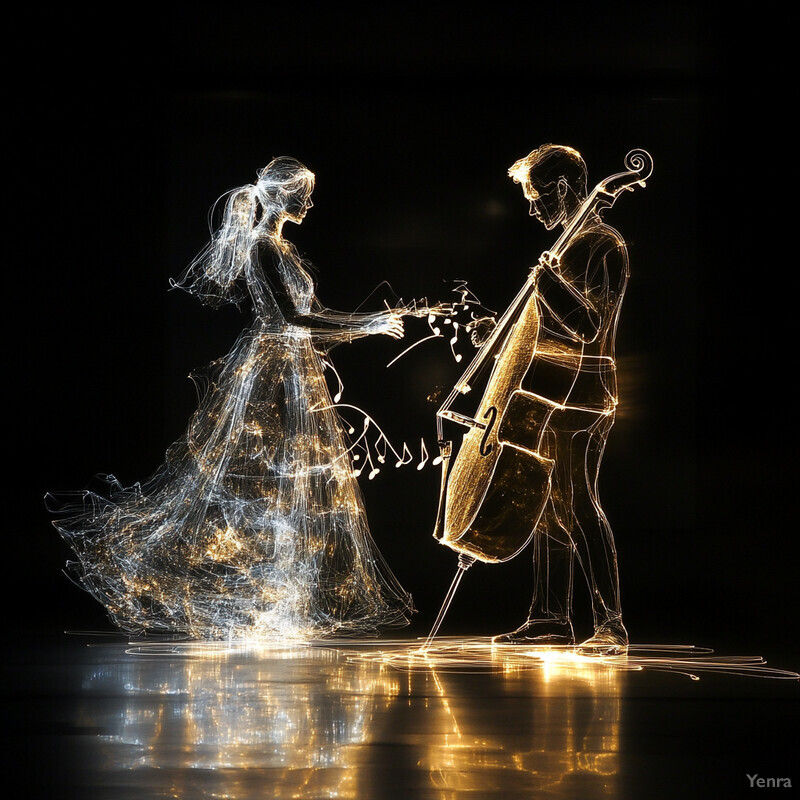
In August 2023, researchers demonstrated a system called “Virtual AI Jam” featuring an AI-driven virtual musician that could engage in real-time call-and-response improvisation with a human player. In trials, the AI listened to a musician’s input and then generated its own musical phrase in response, repeatedly trading musical ideas. Expert improvisers who evaluated the system noted that the AI’s responses were stylistically coherent and sometimes inspired new directions in the human’s playing, highlighting the potential of AI to participate actively in improvised musical dialogue.
14. Lyrics and Text-Setting Guidance
AI is increasingly being used to assist with songwriting by generating lyrics or suggesting how to fit lyrics into melodies. Natural language processing models can produce draft lyric lines given a theme or even complete songs in the style of a certain artist. Meanwhile, music AI can analyze a line of lyrics and propose rhythms and melodic contours that match the prosody (the natural spoken stresses) of the words – essentially helping with text-setting. For example, an AI might suggest splitting a lyric into phrases and which syllables should land on strong beats for a singable result. In practice, songwriters use these tools to overcome writer’s block or to get fresh lyric ideas and then adapt them. Some AI lyric systems also ensure rhyme and meter consistency across verses. By pairing lyric generation with melody suggestion, AI can output a rough demo of a vocal line given only the concept or mood. This speeds up songwriting, although human creativity and authenticity remain crucial – artists often refine AI-generated lyrics to better express genuine emotion or specificity. Overall, AI provides a collaborative prompt that can both inspire new lyrics and ensure they mesh well with the music.

Despite the availability of AI lyric generators, many creators are still tentative about using them for core songwriting. In a 2023 survey, less than half (only 47% of independent musicians) said they would use AI to help write lyrics or melodies. In contrast, higher percentages were willing to use AI for other tasks like album art or audio mixing. This suggests that artists view lyric-writing as a personal, human-centric domain and are integrating AI cautiously – perhaps as a thesaurus or brainstorming aide – but not yet relying on it for complete lyric composition.
15. Cross-Lingual and Cultural Stylistic Influence
AI composition tools are introducing musicians to a wider palette of cultural sounds by learning from music traditions around the world. Such AI systems might suggest a melody in a pentatonic scale used in East Asian folk music, a rhythmic pattern inspired by Indian tala, or chord phrasings characteristic of African highlife. By doing so, they enable cross-cultural experimentation – a composer working in Western pop could, for instance, incorporate a Middle Eastern maqam scale via AI suggestions. This broad exposure can spark fusion genres and more global collaboration, as composers are no longer limited to the styles they personally know well. Importantly, the AI doesn’t impose these elements but offers them as options; the musician chooses whether to integrate that exotic scale or instrument. Some educational AI tools also explain the cultural context of the suggestion (e.g. “this rhythm is commonly used in Algerian raï music”). The result is an enriched creative process where diverse musical languages can blend. Culturally-informed AI thus acts as a bridge, respectfully highlighting musical ideas from various heritages that can inspire novel compositions when combined with contemporary styles.
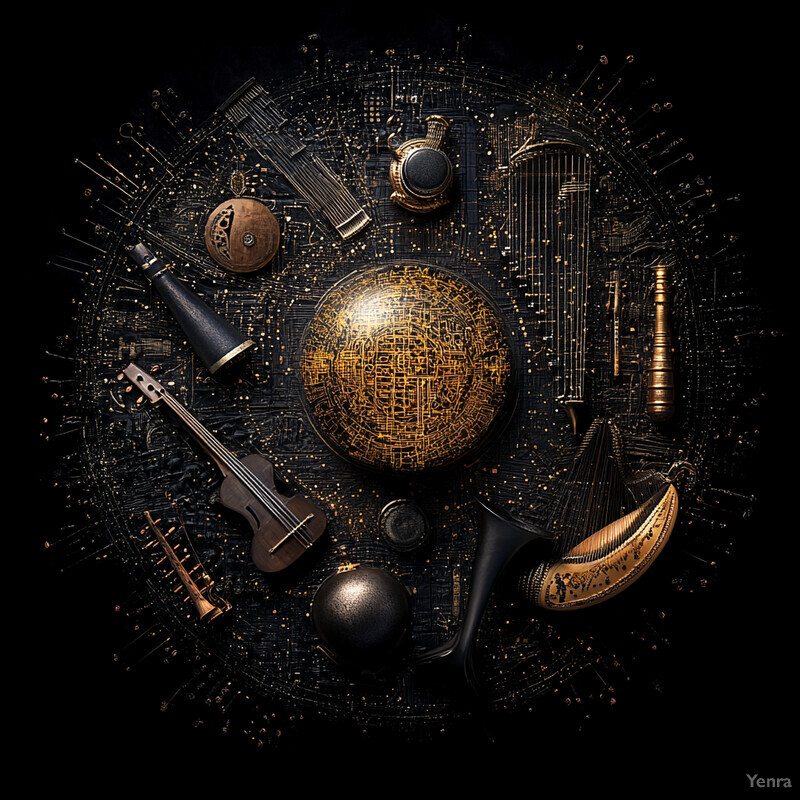
In 2023, researchers successfully trained AI models on Indian classical raga music and were able to generate new compositions in specific ragas, complete with authentic-sounding embellishments and instrumentation. The project introduced a Raga Music Generation model that learned from 250 traditional ragas across 12 instruments and produced multi-layered pieces with convincing fidelity to the raga’s rules and emotional character. This achievement demonstrates how AI can internalize complex non-Western musical systems and provide culturally specific creative output, offering composers a gateway to incorporate elements like microtonal ragas into their own music.
16. Complex Polyrhythm and Microtonal Support
Some cutting-edge AI composition tools handle musical elements that fall outside standard Western conventions, such as complex polyrhythms (multiple overlapping rhythms) and microtonality (using pitches between the usual 12 semitones). These are areas that can be challenging even for trained musicians, but AI’s algorithmic approach is well-suited to managing the intricate relationships involved. For polyrhythms, AI can generate interlocking rhythmic patterns (e.g. a 7-beat rhythm against a 4-beat rhythm) that stay in sync over time or suggest ways to layer different time signatures creatively. For microtonal music, AI models can be trained on alternative tuning systems, enabling them to suggest or produce melodies and chords using microtones with pleasing harmonic results. Composers interested in experimental or non-Western tuning systems use these AI tools to explore soundscapes not limited to the piano’s 12-tone equal temperament. In essence, the AI acts as a guide in these complex domains: it can ensure that, for example, a 5:3 polyrhythm aligns periodically or that microtonal intervals are tuned correctly relative to a chosen scale. By demystifying the complexity, AI opens up advanced rhythmic and tuning experimentation to more creators, who can incorporate these sophisticated elements into their music under the AI’s supportive guidance.
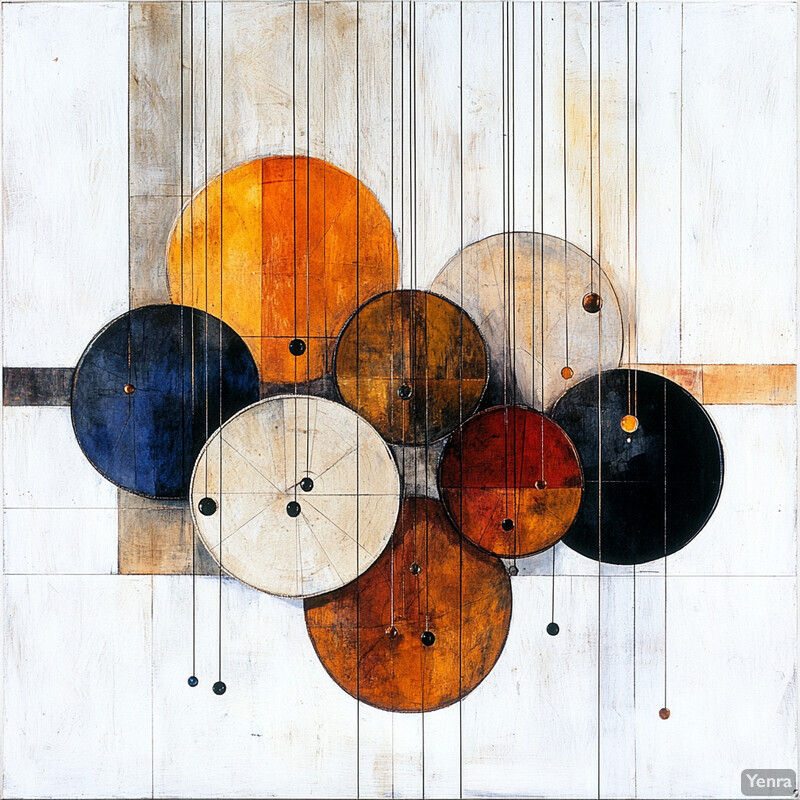
A new wave of music software is bringing microtonal composition into the mainstream. For example, in 2023 a web-based AI tool was launched that allows users to generate microtonal music from text prompts, automatically applying alternate tuning systems beyond the Western 12-tone scale. The availability of such an AI-powered microtonal generator (which requires no deep music theory knowledge from the user) illustrates how technology is making complex pitch systems accessible. Musicians can simply describe a mood or style, and the AI outputs a microtonal piece – a task that previously required specialized expertise in tuning theory.
17. Real-Time Adaptive Composition for Interactive Media
In video games and interactive media, music often needs to change on the fly in response to the player’s actions or story events – a challenge that AI-driven composition is tackling. Real-time adaptive composition systems use pre-composed musical fragments and an AI engine to rearrange or morph them according to gameplay. For example, as a game character enters a battle, the AI might instantly intensify the music by layering in aggressive percussion or shifting to a minor key. If the player then finds a secret area, the music could seamlessly transition to a mystical ambient texture. Traditionally, composers had to write multiple versions of a track for different game states, but AI can generate or stitch together music dynamically, covering countless states with smooth transitions. This ensures a more immersive experience, as the soundtrack feels truly reactive and can loop indefinitely without obvious repetition. Developers set rules or use machine learning so the AI “knows” which musical themes match which scenarios. The result is a non-linear soundtrack – essentially a musical AI that composes in real time within boundaries – creating a tailored score for each user’s unique pathway through a game or VR environment.

Industry experts predict that video game soundtracks are the next frontier for AI disruption. A Bloomberg report in late 2023 highlighted that some major game studios are exploring generative music systems, expecting AI-composed adaptive music to “upend” the traditional game soundtrack approach in the near future. This sentiment, echoed by multiple experts, reflects the rapidly growing interest in AI that can autonomously score interactive experiences, adjusting music in real time based on gameplay – a capability already in early deployment in experimental projects and likely to become mainstream in game development by the mid-2020s.
18. Streamlined Collaborative Workflows
AI is enhancing collaborative music production, especially in cloud-based work environments where multiple creators contribute to a project. In a team songwriting or scoring scenario, different composers might write separate sections – an AI tool can analyze these and flag inconsistencies in style or tempo, ensuring the final piece feels cohesive. AI can also merge ideas: for instance, if one collaborator writes a chorus and another writes a verse, an AI arranger might suggest a transition or modulation to connect them smoothly. Collaboration platforms are integrating AI that manages version control of musical ideas and even mediates creative differences by generating compromise solutions (“What if we blend element A from your idea with element B from your partner’s idea?”). Moreover, AI-driven transcription and sync features allow collaborators speaking different musical “languages” (one might improvise on guitar while another writes notation) to work together seamlessly – the AI transcribes and aligns these inputs. Overall, these technologies reduce friction in remote and asynchronous collaborations, letting artists focus on creativity while the AI handles integration, translation, and suggestion tasks. The result is a more efficient co-writing process, where the administrative and harmony-checking aspects are assisted by intelligent software.

The adoption of cloud music creation platforms has exploded, aided by AI features. BandLab, a cloud-based collaborative DAW, surpassed 100 million users worldwide in early 2024 – a jump of 40 million users in one year. BandLab’s platform includes AI-driven utilities (for example, its SongStarter and AI mastering) that help users co-create and polish tracks remotely. The massive user base and growth indicate that musicians are embracing online collaboration tools, with built-in AI smoothing the workflow as large numbers of creators work together across the globe.
19. Intelligent Transcription and Arrangement from Recordings
AI audio-to-score transcription has advanced to the point where a recorded performance can be converted into musical notation swiftly and with increasing accuracy. This means a composer can hum or play on a guitar, and AI will produce the sheet music (notes, rhythms, even dynamics) for what was played. Beyond transcription, intelligent software can then suggest ways to arrange that transcribed music for different instruments or ensembles. For example, from a raw piano recording, an AI might generate a full string quartet score, identifying which notes to assign to violin, viola, cello, etc., based on learned knowledge of instrumental ranges and timbres. This greatly accelerates the arranging process: a spontaneous improvisation captured as audio can be transformed into a scored composition and orchestrated for a band or orchestra in minutes. It benefits composers who are more comfortable performing than writing notation, and it opens up the possibility of using AI to adapt music to new formats (like rearranging a song for an acoustic unplugged setting or a choral version). Current systems combine signal processing (to detect pitches and timing) with machine learning (to infer voicings and instrumentation). While not perfect, they save immense time, producing a solid first draft score that a human arranger can then fine-tune.
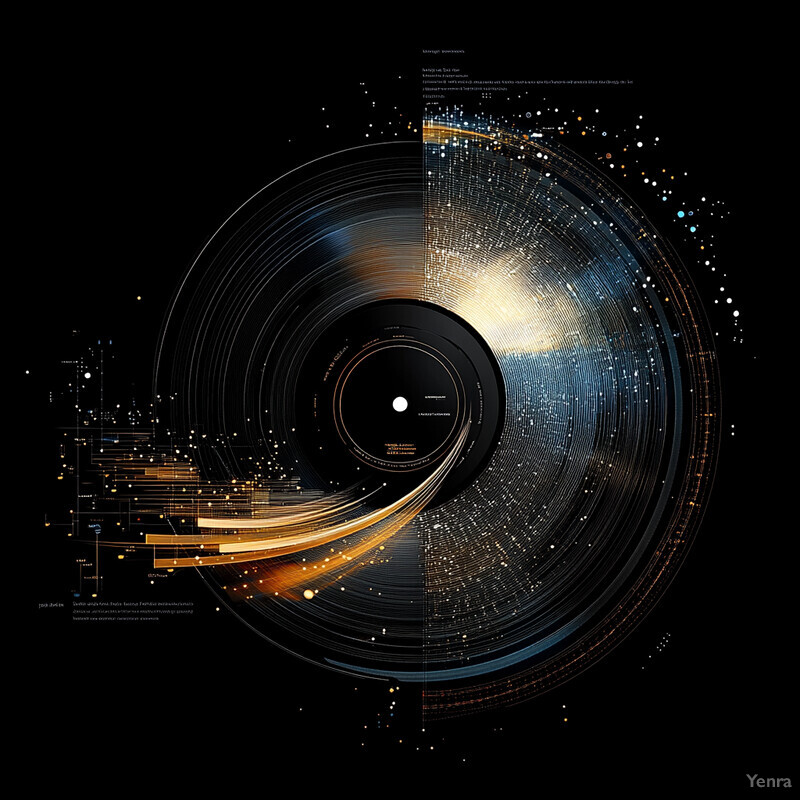
Google’s research team introduced a model called “MT3” in 2022 that achieved state-of-the-art results in transcribing multi-instrument music to MIDI/score, significantly improving transcription accuracy on benchmark datasets. MT3 can take a complex recording (say, a piano with accompanying guitar and drums) and convert it into separate tracks of musical notation for each instrument with high precision. This leap in automatic transcription quality – approaching or surpassing 80–90% note accuracy for polyphonic piano music in evaluations – exemplifies how AI is making audio-to-sheet conversion and subsequent arrangement vastly more efficient than manual transcription.
20. Personalized Learning and Feedback for Composers
AI is also playing the role of a personalized music tutor, giving composers feedback and exercises tailored to their skill level and style. These educational AI tools can analyze a student’s composition or harmony assignment and pinpoint issues: perhaps the voice-leading has parallels that break the rules, or the form lacks a clear climax. The AI can then suggest specific improvements or learning resources (for example, “try revoicing this chord to avoid parallel fifths – see Palestrina’s rules for reference”). Over time, as the user composes more, the AI tracks progress and can adjust its guidance – much like a human mentor would note improvement and introduce new challenges. For instance, if a composer has mastered basic diatonic harmony, the AI might encourage exploration of modal interchange or jazz extensions next. These systems often draw from a vast knowledge base of music theory and can even quiz the user or generate practice drills (like “compose a 8-bar melody in Dorian mode”). By receiving immediate, knowledgeable feedback on their work at any time, developing composers can accelerate their learning curve. It also democratizes access to high-level instruction – anyone with an internet connection can get expert-like critique and suggestions on their compositions, fostering growth in places or times where human teachers aren’t available.
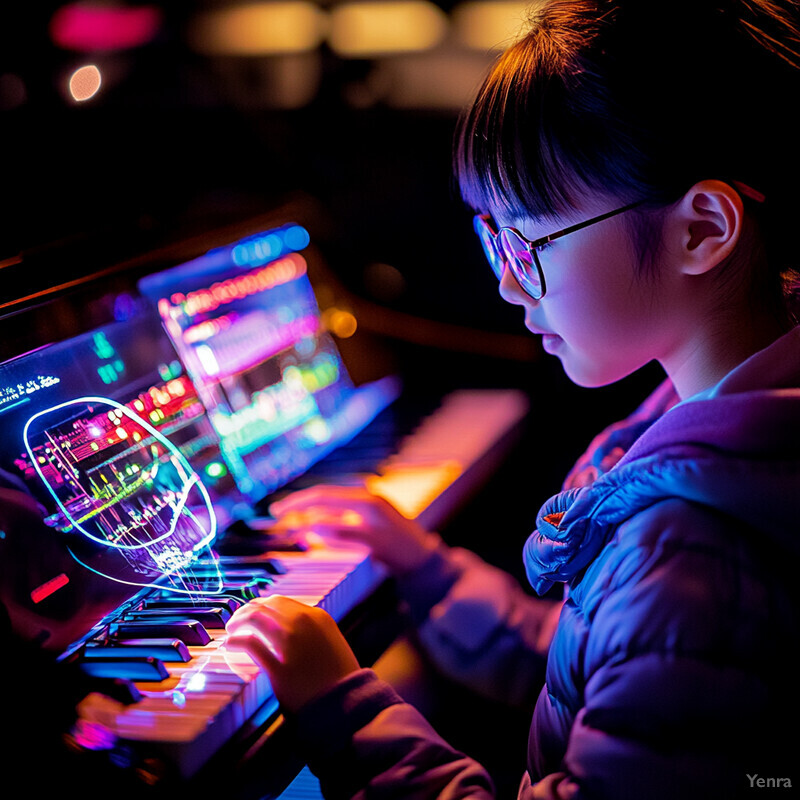
Today’s young composers are particularly receptive to AI guidance. A UK survey in 2024 found that 63% of young creatives (under 25) are embracing AI to assist in the music-making process, and 47% of youths surveyed believed that “most music in the future will be made by AI”. This generation’s openness suggests they are likely to utilize AI learning tools heavily. Indeed, educational platforms report high engagement with AI feedback features – younger musicians readily experiment with AI-generated suggestions and see them as a normal part of honing their craft, expecting AI to be a standard co-creator and teacher as they develop their own musical voice.